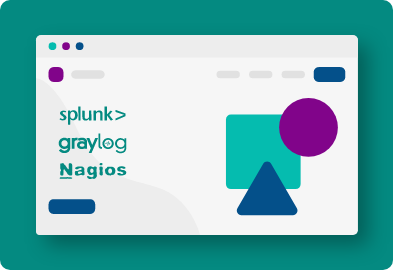Welcome back to our comprehensive series on essential technologies for building enterprise systems. In the previous sections, we've examined the tools, platforms, and services that comprise front-end, back-end, API, database, and infrastructure technologies. We've also delved into the topic of IaaS/PaaS technologies, focusing on understanding their importance and typical examples of their usage.
In this installment, we will be focusing on another critical aspect of modern software development – CI/CD tools.
What is CI/CD?
CI/CD stands for Continuous Integration and Continuous Deployment. Continuous Integration (CI) is a development practice that requires developers to integrate code into a shared repository several times a day. Each check-in is then verified by an automated build, allowing teams to detect problems early.
CI/CD stands for Continuous Integration and Continuous Deployment. Continuous Integration (CI) is a development practice that requires developers to integrate code into a shared repository several times a day. Each check-in is then verified by an automated build, allowing teams to detect problems early.
CI/CD forms a crucial part of the DevOps approach, which emphasizes the collaboration between developers (Dev) and IT operations (Ops) to deliver software faster and more reliably.
Now that we've introduced what CI/CD is, let's take a look at some popular CI/CD tools:
In the next section, we will be exploring the concept of serverless architectures and some of the most popular technologies that enable them. Stay tuned























